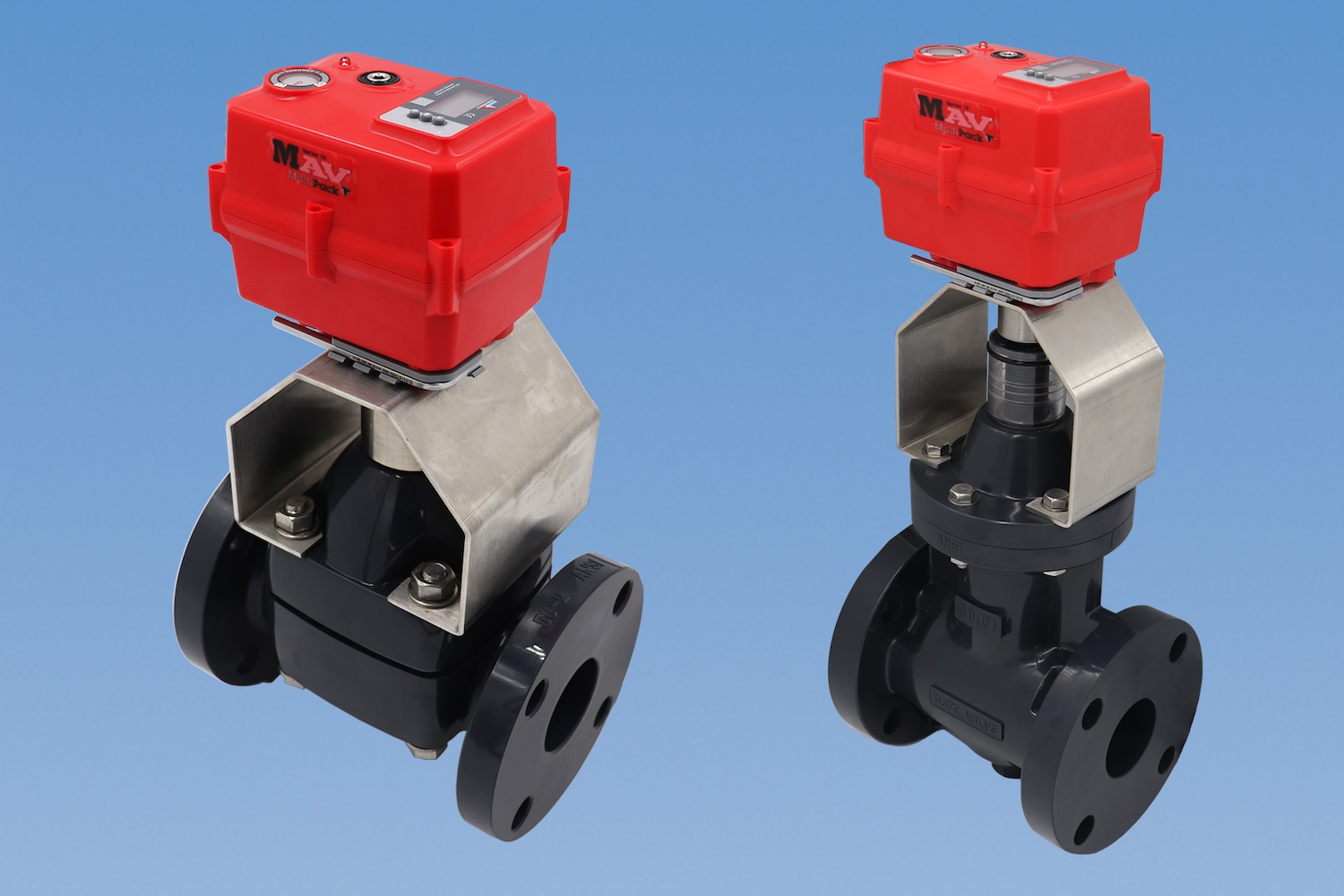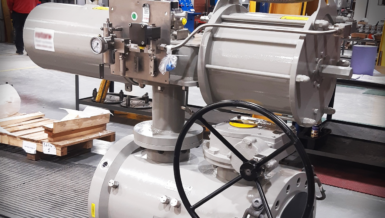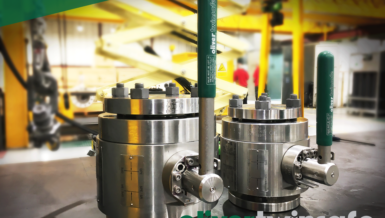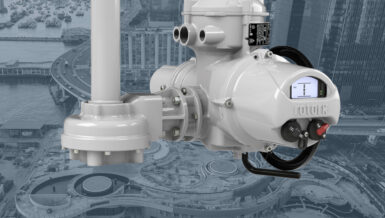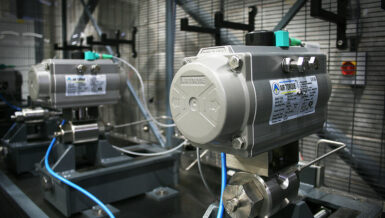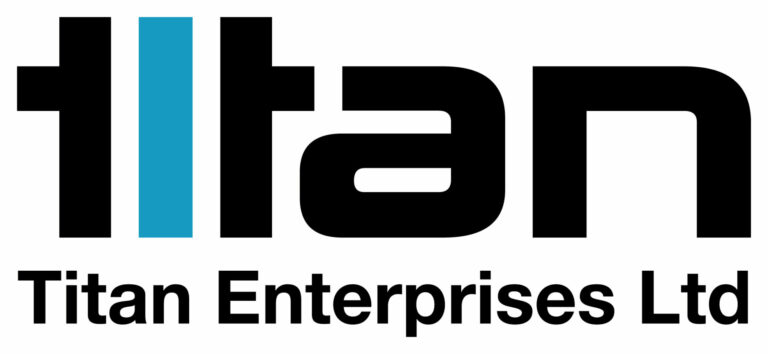Steam tracing is used to protect pipes subject to cold conditions
For process piping that transports a medium adversely affected by cold temperatures, heat tracing is a common solution. In heat tracing, pipelines are heated either by electrical means or using steam. The method is also used if the process media need to be kept at an elevated temperature.
Steam trace lines are small diameter tubes installed directly adjacent to the process line and in direct contact. Steam runs through the trace lines at a specified pressure and temperature to maintain the process fluid setpoint temperature.
A variety of industries use steam tracing to protect process fluids
Steam tracing methods are used in a variety of industries such as oil refineries and chemicals production plants where process fluids are transferred through outdoor pipelines with regularly changing ambient temperatures. Heat tracing or steam tracing under these conditions is particularly important. Some reasons for steam tracing include
- Avoiding gas condensation
- Maintaining product viscosity
- Protecting process fluid from freezing
- Avoiding chemical separation
- Preventing solidification or crystallization
Special Steam Tracing Focus: Ambient Temperature Steam Tracing
As seasons change and weather patterns swing through, ambient temperatures are constantly changing. With a drop in temperature, steam tracing systems need to be put into action so products don’t freeze, separate, or become compromised due to low temperatures. On the other hand, when the temperature rises, steam tracing may not be required, or it can be reduced. Remembering when to turn on or off the steam tracing system for seasonal temperature fluctuation or shifting weather systems may be a challenge. An “ambient temperature” steam tracing valve can avoid having to remember seasonal on/off dates for steam tracing.
Jordan Valve manufactures an ambient temperature steam tracing temperature regulator
Jordan Valve Mark 86 “AmbiTemp” regulator is a self-actuating regulator designed to open and close based on ambient temperatures. It allows steam to flow through tracing lines only when it is needed, saving on operational costs. The user chooses a setpoint and the Mark 86 regulator opens to allow steam flow into the trace lines when ambient temperature drops below desired setpoint. The valve closes the steam supply to trace lines when temperatures rise above setpoint. Because it is self-actuating, the valve cycles without the need for electricity, air or operator intervention.

As an example, a process wanting to avoid freezing a product with a freezing point of 38°F, could set the set-point temperature on the Mark 86 to actuate at 45°F, comfortably above freezing point. When the ambient temperature falls below the set-point, the Mark 86 valve will automatically open, allowing steam to enter the tracing system. Once the ambient temperature rises above the set-point, the valve will close and conserve the steam.
How does the Mark 86 valve work? A pre-measured amount of a specified liquid fill is contained thermal system in the diaphragm chamber. As the ambient temperature increases, the volatile liquid in the sensing chamber begins to vaporize, creating pressure on the sealed system. This pressure drives the valve stem, closing direct-acting valves. No capillary or sensing bulb is required. The actuator on the Mark 86 serves as both sensing element and the power element.
The Mark 86 features the unique Jordan sliding gate technology for superior response, wide range of Cvs and increased service life. They are available with several temperature ranges and line sizes.






